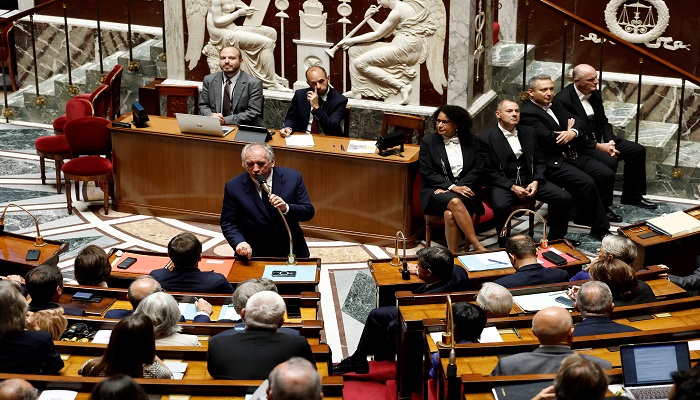Italy commits to keeping its budget deficit in check, despite lowering economic growth forecasts amid market turmoil sparked by U.S. trade tariffs.
The government plans a 3.3% deficit in 2025 and aims to meet EU fiscal requirements.
Italy has pledged to keep its budget deficit under control despite slashing its economic growth forecasts amid growing global uncertainty, particularly due to U.S. trade tariffs.
The government’s latest multi-year economic plan, presented by Economy Minister Giancarlo Giorgetti, projects the 2025 budget deficit to remain at 3.3% of GDP, in line with previous targets set last September.
National emergency in Italy blocking ports for refugees
Giorgia Meloni’s government reiterated its goal of reducing the deficit to below the European Union’s 3% GDP threshold by 2026, with a 2.8% target. However, the revised economic plan forecasts a significant slowdown in growth for Italy, with GDP expected to expand by only 0.6% this year—half of the 1.2% growth previously projected.
Growth estimates for 2024 have also been lowered to 0.8%, down from an earlier prediction of 1.1%.
The cuts in Italy’s growth projections come amid market turmoil following U.S. President Donald Trump’s April 2 announcement of sweeping trade tariffs.
Italy’s Meloni Torn Between Trump and European Allegiance
While Trump later suspended these tariffs for 90 days, injecting some short-term market optimism, Giorgetti acknowledged that the overall economic environment remains volatile, and the government will continue to monitor global conditions.

“We cut our growth forecasts in line with market consensus, but the latest news could lead us to revise them upward,” Giorgetti remarked during a press conference in Rome.
Since Trump’s announcement, Italy’s financial markets have struggled, with the Milan bourse falling by about 15% and Italian bond yields rising sharply.
The country, which has a large trade surplus with the U.S., faces the prospect of a 20% tariff on its exports under Trump’s plans, adding further pressure to its economic outlook.
The Italian economy has barely grown since mid-2024, with GDP stagnating in the third quarter and showing a slight increase of just 0.1% in the fourth quarter of the year.
Italy’s Talks with Musk’s Starlink Have Stalled, Minister Says
Despite these challenges, Italy remains under an Excessive Deficit Procedure by the European Commission, which means the country must meet EU fiscal requirements.
In this context, the government’s public debt, already the second-highest in the eurozone after Greece’s, is projected to remain high at 136.6% of GDP this year. Debt levels are expected to rise slightly to 137.6% in 2026 before gradually declining.
To bolster the economy, Italy will move forward with plans to sell off state assets worth around 20 billion euros ($21.93 billion), although Giorgetti acknowledged that market instability may require a more cautious approach to these sales.



